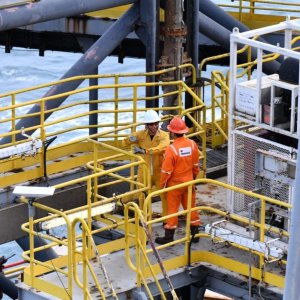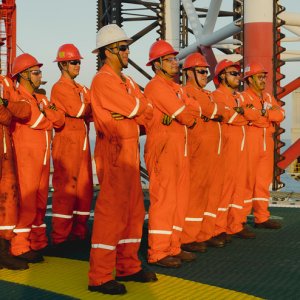The Future for a Green and Powerful Mexico

STORY INLINE POST
Q: Why is EIM Capital interested in developing the country’s unconventional resources?
A: We believe that the development of Mexico’s unconventional resources would have the largest impact on the Mexican economy. In just a few years, this industry made US$500 billion per year in the US alone, with approximately US$200 billion going directly to the US Government in taxes, totaling a third of the Mexican budget and half of our GDP. Replicating this in Mexico, which is possible given we have the same amount of resources, would strongly change the face of our economy, and EIM Capital is invested in making that happen, despite the present challenges. So far, this industry has only been developed in the US, and it requires scale because the marginal product is not as high as it is in conventional oil. American Energy partnered with us to develop the Mexican shale industry, drawing from its broad US experience, where its team was responsible for drilling slightly more than 10% of the shale wells. In terms of competitiveness, Mexico’s shale industry would be competing with more players than just the US. The Argentinian Government has made its shale industry an attractive investment destination thanks to artificially higher oil and gas prices. Although Argentina is well-positioned to become the next country to develop its unconventional resources, Mexico has many advantages, the main one being its proximity to the US. This is important in the unconventional industry given the necessity for infrastructure and services.
Q: What could be done to promote the development of Mexico’s shale resources?
A: The Government had a misconception that shale oil production stood at US$70, but in fact, that depends on the field and well. Just like any other wells, their profitability depends on the oil price. As long as Mexico sets positive conditions and attracts the right operators, the country can develop its shale industry. The challenge will be getting these companies to come to Mexico, as they already have a great deal of activity in the US. Their current idea is to ship the gas that they are producing to Mexico via pipeline, instead of producing it here directly, and the Mexican authorities will have to work hard to make investment opportunities attractive. While the industry in the US is a free market, in Mexico, it depends on the government and the policies it implements. For instance, the authorities will probably not release Mexico’s most promising shale basin, Tampico-Misantla, which is the area most likely to attract investment, because the government still needs to consult the local indigenous populations and confront many misunderstandings surrounding the possible impact of the development of shale resources.
There is also a misconception surrounding the environmental impact of shale production. The main global issue is an excess of carbon emissions, which come from dirty coal-based electricity, and the solution to this problem may just be the production of unconventional resources. When the US developed it, it unlocked a huge amount of gas, causing the prices to drop from US$10 to US$2. Now that natural gas has become cheaper than coal, the US uses it in combined cycle plants to produce electricity, reducing the country’s carbon footprint tremendously. In terms of reducing emissions, the development of the unconventional industry is the most positive thing to have happened so far.
Q: How big would be the impact of the development of Mexico’s unconventional resources?
A: The projected impact from the first four rounds on the Mexican economy is US$1-2 billion per year over the next five years, while the unconventional potential could easily go from zero to US$100 billion per year, depending on the oil price. Given that we have an estimated 60 billion boe underground, this means we could produce 4 million boe per day or double our production for the next 40 years.
























